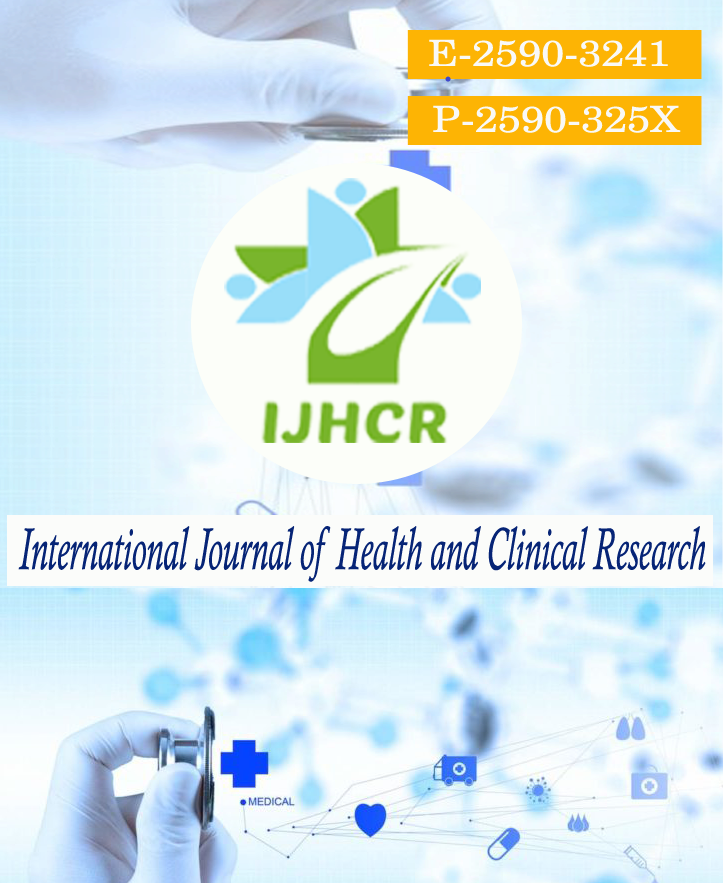Prognostic significance of haematoma thickness to midline shift ratio in patients with acute subdural haematoma
Keywords:
Subdural haematoma, Glasgow Coma Scale, Glasgow Outcome Scales, Head injury.Abstract
Background: Acute intracranial subdural hematoma is usually associated with the high risk of morbidity and mortality. The factors to choose the surgical procedure for hematoma are occasionally controversial. Therefore in this study we aim to evaluate the prognostic significance of hematoma thickness (mm), midline shift (mm) and hematoma thickness to midline shift ratio level in patients with acute subdural hematoma. Methods: Total 50 traumatic brain injuries with acute subdural hematoma diagnosed patients were enrolled in this study. The Glasgow coma scale (GCS) score was determined on admission and post-operative 1, 3 and 7 day. Outcome evaluation was done using Glasgow outcome scale (GOS) score at time of discharge; follow up at 1 month and 3 month. Results: The mean Glasgow Outcome Scale was 3.9 ± 0.32, 4 ± 0.47 and 4.4 ± 0.52 in mild, 3.57 ± 0.85, 4.23 ± 0.6 and 4.77 ± 0.44 in moderate and 2.77 ± 1.18, 3.89 ± 0.57 and 4.26 ± 0.56 in severe Glasgow Coma Scale at discharge, 1 month and 3 months, respectively.The hematoma thickness (mm) and Midline shift (mm) were significantly negative and Glasgow Coma Scale on admission and hematoma thickness to midline shift ratio were significantly positive correlated with Glasgow Coma Scale at post-operative day 1, day 3 and day 7. The hematoma thickness (mm), Midline shift (mm) and age (years) were significantly negative and Glasgow Coma Scale on admission and hematoma thickness to midline shift ratio were significantly positive correlated with Glasgow Outcome Scale at discharge only. Conclusion: A positive correlation between preoperative hematoma thickness to midline shift ratio and negative correlation of hematoma thickness (mm), Midline shift (mm) with postoperative Glasgow Coma Scale and Glasgow Outcome Scales were found in traumatic intracranial acute subdural haematoma.
Downloads
Published
How to Cite
Issue
Section
License
Copyright (c) 2023 Nityanand Gopal, Priyanka Chowdhary, Amit Kumar Singh, Saurabh Anand Dubey, Satyadeo Pandey

This work is licensed under a Creative Commons Attribution 4.0 International License.






 All articles published in International Journal of Health and Clinical Research are licensed under a
All articles published in International Journal of Health and Clinical Research are licensed under a 